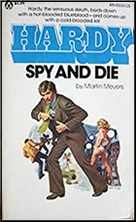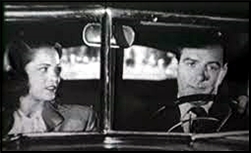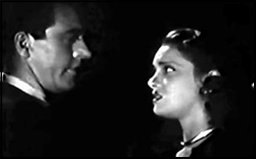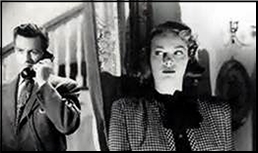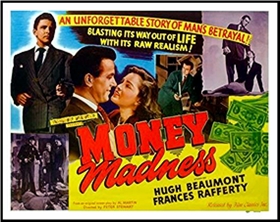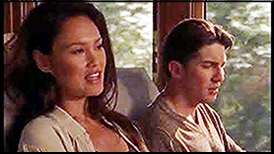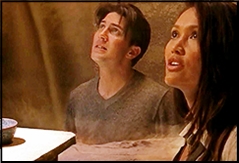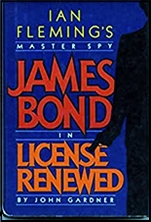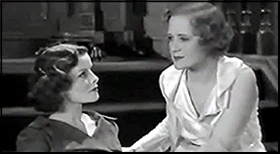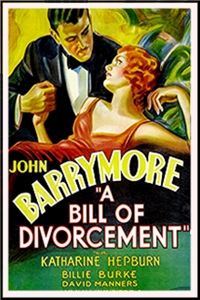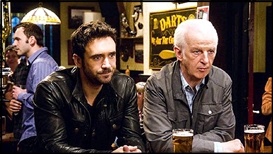Mon 8 Jun 2020
A Mystery Review by David Vineyard: VAN WYCK MASON – The Branded Spy Murders.
Posted by Steve under Reviews[7] Comments
VAN WYCK MASON – The Branded Spy Murders. Captain Hugh North #5. Doubleday, hardcover, 1932. Reprinted in Complete Detective Novel Magazine, November 1932. No paperback edition, but currently available on Kindle.

It’s 1932 and Hugh North, Captain Hugh North the man from G2 (still D.I.C. in 1932), is in Hawaii, where one of his men has recently committed suicide, and with another having blown an assignment both over the same woman, he’s been given a task that could have international implications, since an incident where American soldiers died in a clash with the Japanese in Manchuria is threatening to blow up into full blown war if Hugh North can’t defuse the situation.
The story takes place almost a decade before Pearl Harbor, but a Japanese fleet is steaming towards Hawaii and Hugh North is the only thing between his country and war in the Pacific unless he can uncover who is provoking the trouble as the deadline for the arrival of the Japanese fleet narrows.
Not that it’s much of a challenge for Hugh North, who even by this is fifth outing had quite a record of pulling fat out of the fire, whether capturing spies, averting catastrophe, or nailing murderers. He managed to do that particular trick from 1930’s Seeds of Murder to 1968’s Deadly Orbit Mission, so obviously he was pretty good at it. The last “Murders†title was 1941’s Rio Casino Murders, which saw North on hiatus until 1946 and Saigon Singer, when the series continued with more exotic titles usually referring to the locale and more concerned with spying than murder mystery.
North, as one Howard Nevins, is present at Abner Polk’s dinner party along with Lt. Wilson Clark, the officer who blew his assignment; Baron Von Rentner, a Prussian big game hunter; Mr. Kanamura, a Japanese ships chandler; Polk; and the beautiful Mademoiselle Phedre Renoire (Something feline—that was what she resembled. Sleek, graceful, and probably unexpectedly strong.) when news reaches them the tension has escalated — “JAPAN SENDS U. S. ULTIMATUM!†Then in slightly smaller type: “Shells Kill More Americans Guarding Transpacific Property! War Demanded!â€

Tensions are escalating between Clark and the Japanese over the news. and between Clark and the Baron over a woman both are entranced with, and into this walks North’s old ally — sometimes rival — Major Bruce Kilgour of British Intelligence, when something is noticed in the water nearby …
That murder (“The poor girl was naked as a jay bird, and there wasn’t a wound on her that I could see—and I looked very carefully. That scratch on her neck—does that suggest anything?â€) will have repercussions from Hawaii to Washington D.C.,Tokyo, and Moscow as North finds himself at odds with agents who want nothing better than war in the Pacific.
Meanwhile North has one dead officer and another one enchanted with the woman who is causing all the problems …
And it isn’t long before North finds out just how formidable Nadia Stefan is when Lt. Clark commits suicide like Major Cross before him.
Mason may not be Ian Fleming. and Hugh North certainly isn’t James Bond, but there are plots to be uncovered, codes to be deciphered, genuine detective work, clues to be followed, and an exciting down to the wire ending that helps explain the longevity of the series.
Prior to the war, Mason, John P. Marquand, and David Garth (Four Men and a Prayer) were the American spy novel, and Mason continued well after the War.
Mason, who as F. Van Wyck Mason wrote best selling historical novels and was a staple in pulps like Argosy, had a long successful career, having traveled extensively even before he created Hugh North, who would rise in the ranks from Captain to Major and eventually Colonel as the series went from Hugh North D.I.C. to the man from G2. North inspired a short lived radio series, The Man from G2, and comic book artist Nick Cardy (Bat Lash, Teen Titans) even attempted to syndicate a comic strip, Major North.
Just how he missed Hollywood is still a question, but certainly the series had a long a critically recognized run, North not quite falling in the category of great detective, but so close the difference is hardly worth mentioning. The series was recognized early on for its use of exotic locations fully realized. Mason claimed despite his travels that he did most of his research in National Geographic, but if so he was a master of spotting the telling detail.
North might not be a Great Detective, but I’d like to see Ellery Queen or Philo Vance manufacture fingerprint powder in an exotic location or create their own ballistics test with bales of cotton both of which North does in another adventure.
Of course there is no doubt North will solve the codes and the murder and save the day just on the edge of disaster in a suspenseful finale on a sub chaser. That’s what we read this sort of thing for, but it is an entertaining journey written in surprisingly modern prose with only some of the politics mildly questionable (Mason has less to apologize for than many if not most of his contemporaries), and with a bevy of well written females including the spider like Nadia Stefan at the center of the web, but victory comes bitterly.
“Yes, I suppose so,†muttered Captain Hugh North, his face leaner and grimmer than ever, “it is my greatest victory.â€
He turned back to Kilgour as the vision of Nadia Stefan vanished from before his eyes.


